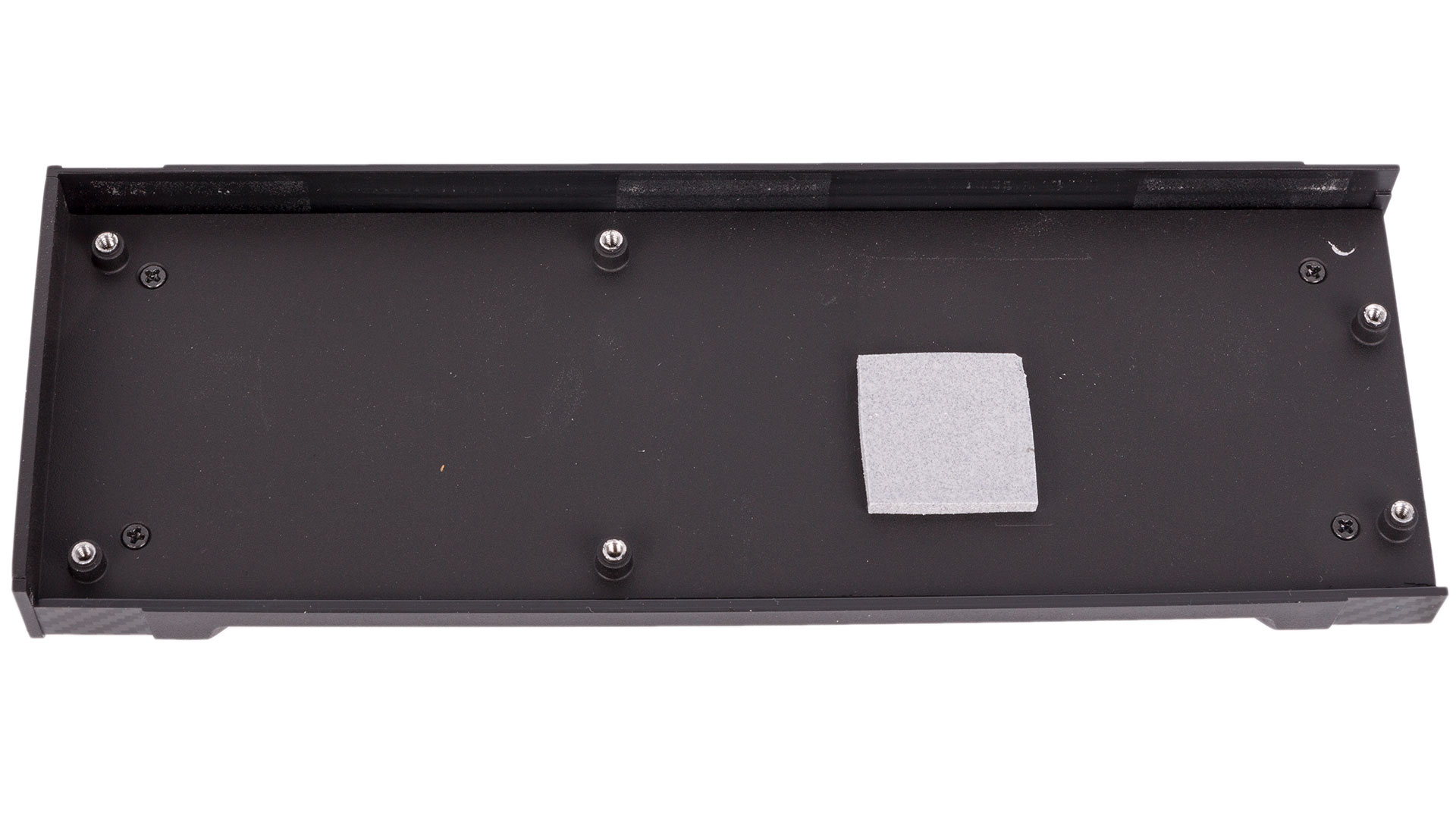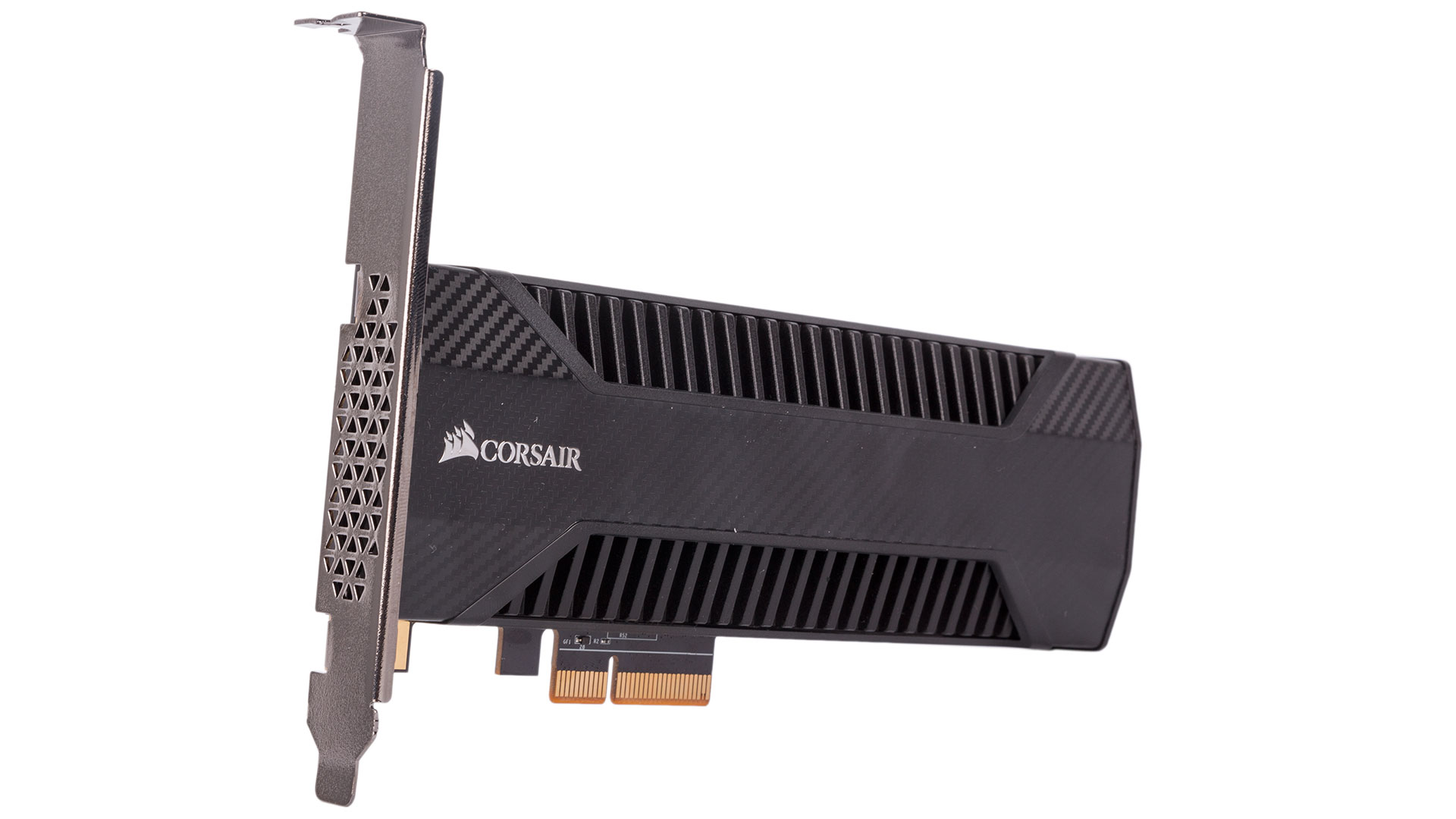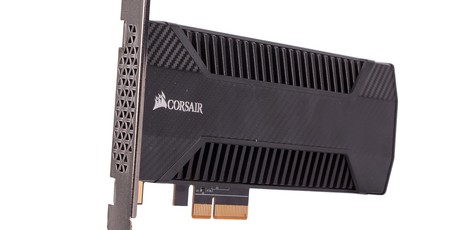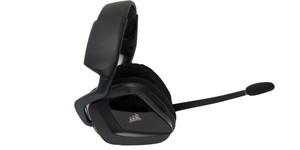Performance Analysis
Out-of-box testing with CrystalDiskMark reveals that the NX500 is undeniably capable of some very fast transfer speeds, but it doesn’t top the charts in any one area. Sequential read and write speeds of 2,545MB/s and 1,556MB/s are strong results, although low queue-depth random performance is a bit lacking. Thankfully, in the high queue-depth test, it does very well, beating the two M.2 NVMe SSDs in the test but still losing out to the Intel SSD 750.
In the simulated steady state test, the NX500 maintains extremely high average IOPS; it almost doubles the performance of the Intel drive in this metric. It also comes out best for average response time. However, average figures can disguise a lot, and the truth is that there is practically zero consistency to the NX500’s performance when it’s being hammered at the same time as having to erase old blocks to make way for incoming data, hence the massive standard deviation figures. The IOPS can be as high as 90,000 one moment then 5,000 the next. Looking closer at the Iometer file output, there are 74,067 transactions with a response time of between 200ms and 500ms. That’s still only 0.03 percent of the total transactions in the hour-long test, but the Intel SSD 750, by comparison, never has a single transaction exceed 20ms, and its consistency is outstanding. The controller here appears to be poorly tuned for workloads that don’t let up, and our results suggest it’s possible that you’ll notice some stalls with the NX500 in such situations.
Update 10/08/2017: Corsair has responded to our concerns regarding consistency, and the response is quoted verbatim below. The overall verdict of the review is unaffected.
'As the virtual environments become more widespread and applications require greater performance, end-users may find that regular SSDs are hitting their bottleneck. The purpose of consistency being yielded for high performance is to benefit its maximized bandwidth for best user experience we could get.
'The scattered performance results you see when the NX500 is at near-full state is due to current firmware architecture implementing the method of what is emphasized above.'

In the less gruelling Iometer workloads, sequential performance remains high and ahead of Intel, but it only tops one chart, and even the old Samsung 950 Pro gives it a run for its money. Intel has it well and truly beat in the random tests, however, and the same is true for all of the mixed workloads as well. There is at least no sign of throttling on the Corsair drive, so the heatsink appears to do its job just fine.
The PCMark 8 tests once again show that NVMe drives are not really much better than standard SSDs for typical home workloads.
Conclusion
It’s tough to be particularly amazed by any SSD these days. The throughput boost over SATA drives that PCIe NVMe drives enjoy is by now well established, and even among our small selection of relatively old drives (we haven’t had many SSDs in of late), the Corsair NX500 doesn’t make much of an impression. That’s not to say it isn’t fast – read and write speeds of around 2.5GB/s and 1.5GB/s are of course impressive – but rather that it isn’t anything we haven’t seen before. In many tests, the NX500 is bettered by or not much better than the Samsung 950 Pro, which isn’t even the Korean firm’s latest model.

With M.2 being the most popular form factor by far for NVMe drives, thermals have become a concern thanks to the exposed controllers and NAND packages. This is obvious just looking at the latest motherboards, with most manufacturers now including built-in M.2 heatsinks in numerous SKUs. This means that the NX500’s lack of throttling isn’t as much of an advantage as it might have been before. You might be tempted by it if you have workloads that will be hammering it relentlessly, but in that case the terrible consistency will probably make you want to steer clear.
One other advantage of the HHHL AIC form factor is PCB size and thus capacity, but this isn’t something that applies to the 400GB model. The 800GB may be worth looking into given that it’s more keenly priced against Intel (the same may be true of the 1,600GB model when it arrives, too), but ultimately this drive is not one that we can see much use for in the current market despite its very impressive endurance rating.

MSI MPG Velox 100R Chassis Review
October 14 2021 | 15:04









Want to comment? Please log in.